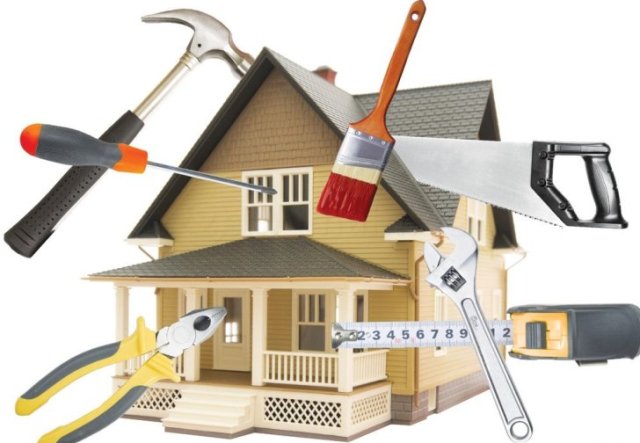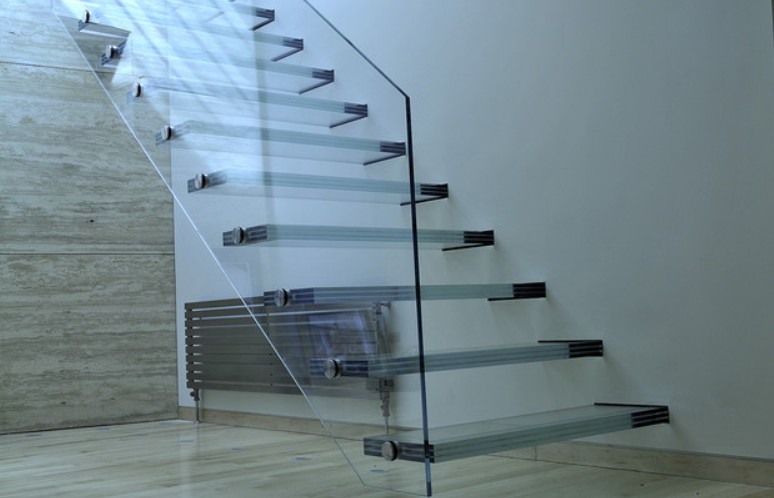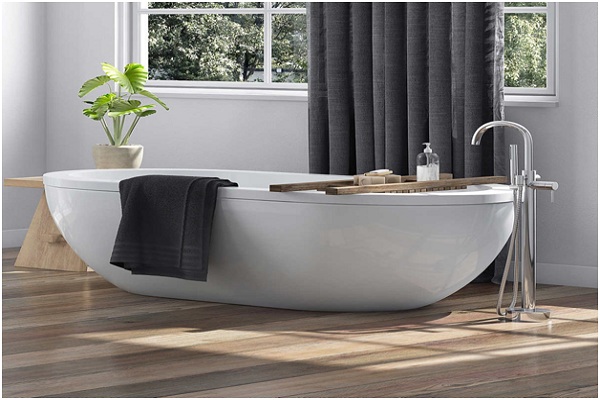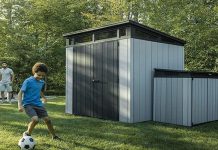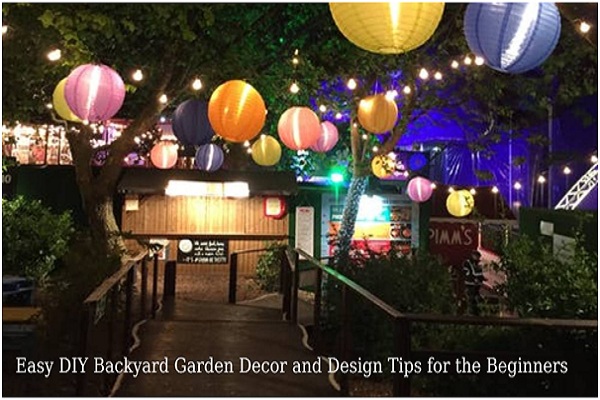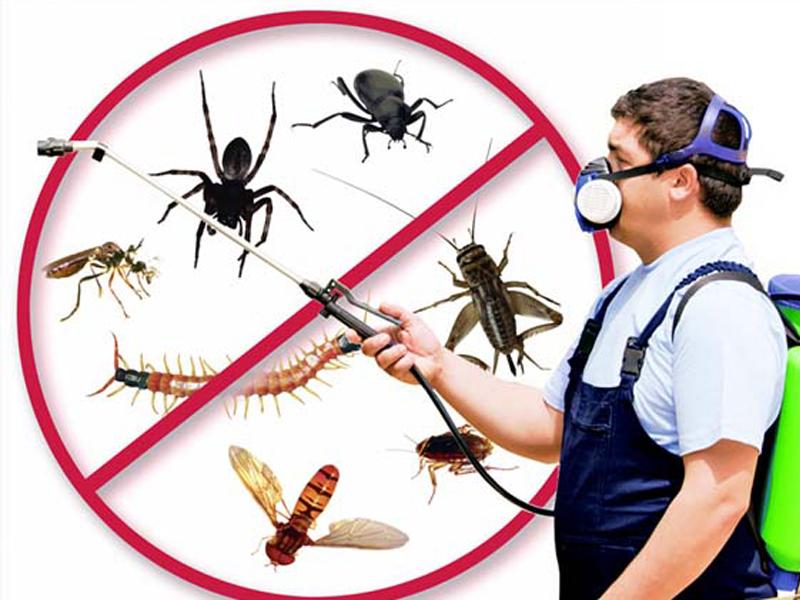As a homeowner, it may seem like there’s always something to fix or repair around your home. In addition to the regular maintenance of your home, there are always new problems that come up. In addition, you also usually have to deal with various pests trying to invade the comfort of your home and yard. Let this article serve as a reminder of common areas of your home that could use a little touching up, and will help keep the pests outside where they belong.
Seal Foundation
The foundation of your home is the first line of defense in keeping pests outside. Making sure that it is sealed and repaired properly not only protects your home from pests but also maintains the structural integrity of your home. This can prevent major costs in the future. Even small cracks in the foundation of your home can allow access for pests, such as mice and rats who can get into the smallest cracks and holes and begin an infestation in your home. Even new homes can develop hairline cracks, and older homes can crack and crumble. If you have small cracks and holes, you can easily repair them yourself using outdoor caulk or an epoxy and sealer mixture.
Proper Landscaping
Having proper landscaping around your home is not only aesthetically pleasing but also can create a barrier between your home and pests. If you use wood chips or mulch in your landscaping, changing it annually will keep the colors bright, and deter termites from finding rotting wood near your home to snack on. This annual change will also kick out any ant colonies from the previous year, who have dug subterranean tunnels near your home.
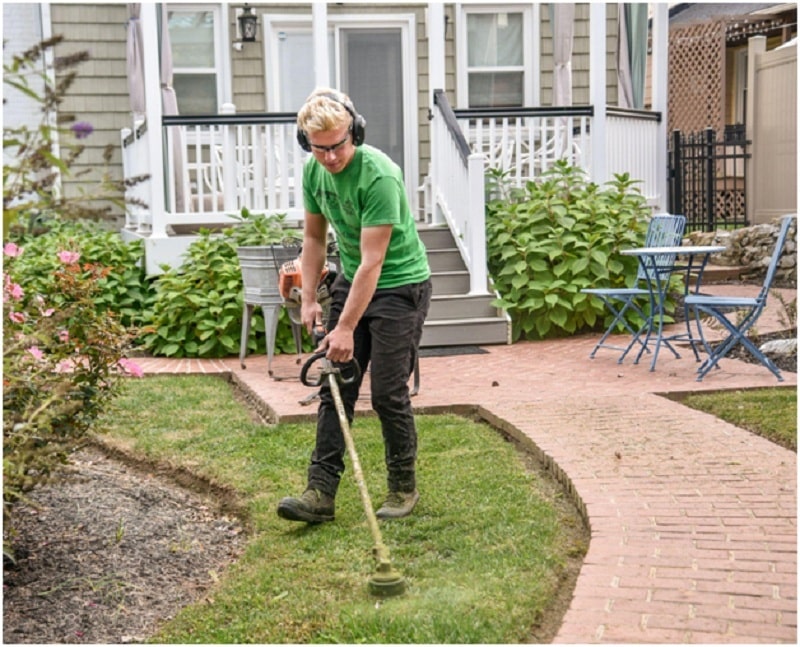
While overgrown shrubbery can attract various pests, there are plants that smell good to us, but that insects hate and will avoid. For example, the beautiful and fragrant lavender plant repels mosquitoes, fleas, moths, and flies. Here’s a list of other common plants that you can add to your landscaping to keep pests away:
- Lemongrass: Packed with citronella, lemongrass repels mosquitoes
- Alliums: A member of the onion family that flowers into fluffy purple balls, allium keeps aphids, slugs, and worms away
- Mums: There are a wide variety of color options when it comes to mums, and they deter aphids, Japanese beetles and ticks
- Marigolds: The skunky smell of these beautiful orange flowers keeps mosquitoes but attract other bugs that eat aphids – these are a great addition to a vegetable garden
Fix Broken Windows/Doors
Any broken windows, screens, or doors that let in the air can also let in bugs. Fixing these things before the weather turns cold will not only keep pests out of your home but also ensure lower heating bills for the winter. While rodents are known to be able to fit through small gaps when it comes to windows and doors your top concern is beetles and spiders. Both of these pests look for warm places to spend the winter where they can remain active. Your home is the perfect place to set up camp for them if given the opportunity. Make sure all doors and windows are in good working order to prevent an infestation this winter.
Flush Trim
While checking your windows and doors, take a careful eye to the condition of the trim around these areas, as well as the weatherstripping. If your weatherstripping is cracked or broken, this is enough room for many bugs to get through, and into your home. You can pick up new weatherstripping at your local hardware store. This is a cheap fix to keep your home secure and insulated. Trim that is warped or separated from the wall of your home can be an issue as well. If the trim is away from the home, a couple of nails and a hammer will do the trick to make sure it’s flush with the home once again.
Attic and Roof
Before the snow falls, grab a ladder and get on your roof. Once on the roof, the first step is to inspect your gutters. Any blockages or debris can lead to ice dams in the winter, which in turn can lead to leaks, damage to your roof, and be extremely expensive to repair. Next, take a careful look at your shingles. Any loose shingles can be nailed back into place to prevent access to pests and water in your attic. Lastly, if you have a chimney, inspect the bricks and the structural integrity. Not only can a bad chimney be disastrous to your home, it can also be an access point to your attic for squirrels, bats, and rodents.
Inside the attic, make sure that all vents are properly screened to avoid bats and birds from flying in. Additionally, if the air feels unusually damp it may be an indication that you have a leak from your roof or a leaky pipe. Do some careful inspection and fix your problem ASAP.
Tree Trimming
While you don’t want to cut down any healthy trees near your home, you may want to trim some branches back. Any branches that touch your home or overhang your roof can act as highways for rodents and other pests to access your home.
Note: Be careful about trimming branches in the fall, as this can hurt the tree as it becomes dormant for the winter. The best practice is to trim branches in the spring when trees are in a stage of growth.
Spring Cleaning
Spring, Fall, Winter, it doesn’t really matter when you do it, but doing an annual or semi-annual deep clean of your home is vital to keeping pests out. Many pests, such as cockroaches, spiders, and silverfish live in the dark corners of your home, only coming out to eat and hunt. Clean under appliances, behind bookshelves, in the basement, and crawl spaces to clear out any pests that may be hiding in the less frequented areas of your home. This can go a long way to prevent damages and infestations.
Fix Leaky Faucets
Like most of the items on this list, fixing leaky pipes and faucets has multiple benefits for homeowners. Not only will fixing these issues keep pests out of your home, but it will also keep your water bills low and prevent damage in your home. Like humans, pests need water to survive. Without a water source, they will be forced to relocate or risk dying from thirst. Because most pests are small, they don’t need much water to survive on. Some species, such as house spiders, can go up to a month without water, but eventually will need to find some. Leaky pipes and faucets are often the primary water source for pests inside your home.
Remove standing water
Similar to the last point, removing standing water in your home and around your yard will force pests to wait for rain, or relocate. Any standing water in your yard should be dumped out, check on firepits, playsets, tarps, and any other areas where water can pool. This is a vital step to keep out most pests, but especially mosquitoes. Mosquitoes can lay up to 100 eggs in a bottle cap full of water, and besides being a nuisance, they can spread various diseases and viruses such as Malaria, Dengue fever, and Zika virus. Keep standing water out of your yard as the first line of defense against these pests.
Closing Notes
While all of these tips are effective against pests in your home and around your yard, all of them combined won’t completely eradicate the pest problems that you may be facing. If you have a large-scale infestation or are constantly having to squish bugs in your home, it is best practice to hire a professional pest control company to handle these problems for you.





